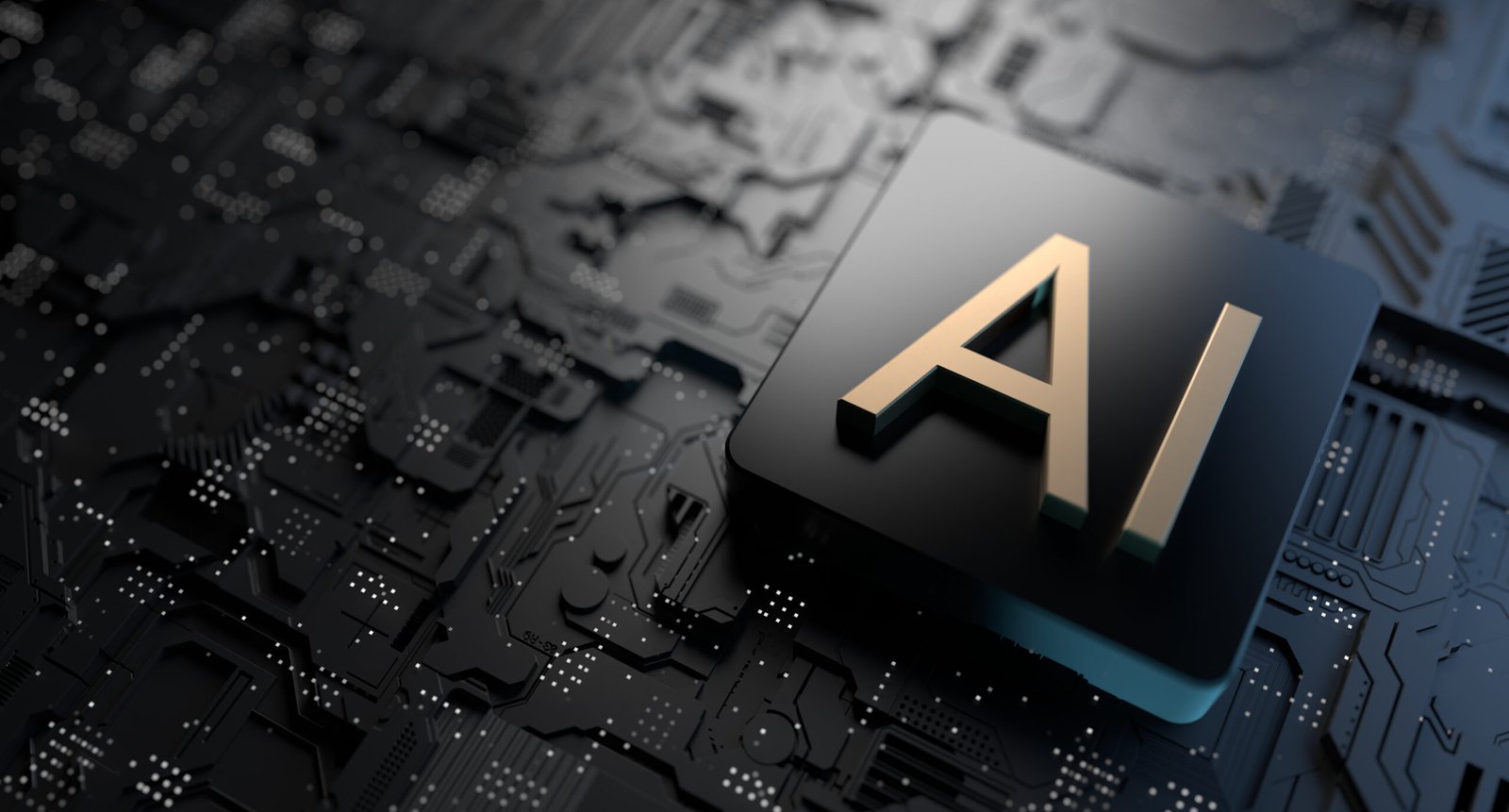Artificial Intelligence is rapidly evolving and by asking AI researchers in the industry, according to them, AI will change the world in the coming years. Here are the top 5 trends in Artificial Intelligence that you should know as a developer for the next 5 years.
interpretable artificial intelligence (AI)
Explainable Artificial Intelligence (XAI) refers to AI systems that can provide explanations for their decisions, predictions, or actions in a way that humans can understand. The goal of XAI is to create AI systems that people can trust and understand, which is especially important in situations where the consequences of AI decisions have a significant impact on people's lives, such as in healthcare, finance, and law.
XAI will be a very important aspect of AI. It will help to build trust in AI systems and will also help to develop AI systems that are more transparent and easy to understand.XAI related concepts and technologies are as follows
Model Explanatory:
XAI is concerned with making the decision-making process of machine learning models more explanatory. This includes providing explanations of model predictions so that users can understand why the model makes particular decisions.
Local and global interpretation:
Local explanations focus on explaining the model's individual predictions for specific inputs, while global explanations attempt to summarize the behavior of the entire model. Local explanations are usually easier to understand, but global explanations provide a more comprehensive understanding of the model.
Characteristic Importance:
Understanding which features have the most influence on the model's decisions is an important aspect in XAI. Some methods provide this explanation by analyzing the weight or importance of features.
Visualization techniques:
XAI typically uses visualization tools to present the inner workings of the model. This can be done through heat maps, graphs, curves, etc., making it easier for the user to understand the decision-making process of the model.
Rules and decision trees:
Some XAI methods attempt to present models in a more interpretable form, such as generating rules or decision trees, so that users can intuitively understand the logic of the model.
Interactivity:
Some XAI methods allow the user to interact with the interpretation so that the user can gain insight into the model's decisions based on their needs and context.
Ethics and fairness:
XAI is also concerned with ensuring that the explanatory nature of machine learning models not only contributes to understanding, but also helps to detect and correct any bias or unfairness that may exist in the models.

Federal Learning
Federated learning is a machine learning approach that allows multiple devices, such as smartphones or other Internet of Things (IoT) devices, to collaborate and learn from a shared model without sharing raw data. In this approach, each device trains a local model based on its own data and then aggregates the local models to generate a global model.
As these devices and dedicated on-board AI processors increase in computational power, I believe we will see an increase in the use of federated learning. This will be a game changer for user privacy and will also help in the development of AI models for edge devices. Federated learning has the following characteristics
Decentralized Data: In federated learning, training data is stored on multiple devices or nodes, which can be personal devices, sensors, servers, etc. The data is usually not centralized at one place for privacy and security reasons.
Local model update:
Updates to the training model are done locally, with each device using its own data for training, and then uploading only the updated parameters of the model rather than the raw data.
Global model aggregation:
The central server or coordinator of federated learning is responsible for collecting updates from all local models and integrating them to update the global model. In this way, the learning effects of the models are represented on all devices.
Privacy:
Federated Learning helps protect individual privacy by avoiding centralized data storage and transmitting raw data. Only the parameters of the model are transmitted, not the raw data containing sensitive information.
Reduced communication overhead:
Federated learning reduces communication overhead by reducing frequent communication to a centralized server. This is particularly beneficial for mobile devices or environments with limited bandwidth.
Suitable for edge computing:
Federated learning is suitable for edge computing scenarios because model training can be performed on local devices without relying on cloud servers.
Coping with non-static environments:
Federated learning is suitable for dynamically changing environments where device availability and data distribution may change.

Decentralized artificial intelligence (AI)
Decentralized Artificial Intelligence (DAI) is the concept of applying decentralized technology to the field of artificial intelligence. It aims to work in a decentralized way, using a network of interconnected devices or computers to process and analyze data. This may involve the use of techniques such as federated learning, which allows multiple devices to collaborate and learn from shared models without the need to share raw data.
With the rise of 5G and the increase in electric vehicles, I believe this technology is inevitable. This can make AI systems more powerful and help develop AI systems that can work in a decentralized way. Some key concepts and features of decentralized AI:
Distributed Learning: In decentralized AI, training and updating of machine learning models is done in a distributed manner among multiple participants rather than being centralized on a central server. Such distributed learning helps to improve model robustness and privacy.
Blockchain Technology:
Blockchain is one of the foundational technologies for decentralization, which provides a decentralized, tamper-proof distributed ledger. Through blockchain technology, decentralized AI enables decentralized authentication, secure data sharing and transparent decision-making process.
Decentralized Applications (DApps):
decentralized AI can exist as part of decentralized applications. These applications perform prescribed tasks automatically without the need for a centralized control authority through technologies such as smart contracts.
Data Privacy Protection:
In decentralized AI, data is usually stored on local devices and only the updated parameters of the model are transmitted through the decentralized network. This helps in protecting the data privacy of the users.
Sharing Economy:
Decentralized AI helps to create a sharing economy model where participants can share computing power, data, and models to collectively improve the performance and effectiveness of the entire system.
Decentralized Autonomy:
Some decentralized AI systems achieve decentralized autonomy through smart contracts and automated decision making. This means that the system is able to make decisions and operate without centralized control.
Censorship-resistant:
Decentralized AI may be more censorship-resistant due to its nature, i.e., there is no single point of control and it is not susceptible to interference or control by a single entity.
Despite the potential benefits of decentralized AI in providing more privacy, security, and transparency, there are some issues, such as communication and computation overhead, data consistency, and cooperative coordination. As technology continues to evolve, decentralized AI is expected to become an important trend in the field of artificial intelligence.
Multilingual artificial intelligence (AI)
Multilingual AI (Multilingual AI) refers to AI systems that are able to process and understand multiple languages. This is particularly useful in situations where there is a need to interact with people who speak different languages, or where data is available in multiple languages.
This means that more people who do not speak English will be able to access modern AI. This will reduce language barriers and will also lead to greater acceptance of AI. We can already see the rise of this technology in generative AI models like GPT-4 and HuggingFace.
Quantum artificial intelligence (AI)
Quantum Artificial Intelligence (Quantum AI) is a field of research that combines quantum computing techniques with artificial intelligence. Quantum computing is a type of computing that utilizes quantum bits (Qubits) rather than classical bits for information storage and processing. Quantum computing may have significant advantages over classical computing for some specific problems. The goal of quantum AI is to utilize these advantages to improve and accelerate artificial intelligence tasks.
Advantages of quantum computing: Quantum computing may be more efficient than classical computing in dealing with certain problems. For example, quantum computing can provide exponential speedups in solving some complex problems such as optimization problems, machine learning training, and simulating quantum systems.
Quantum neural network:
Quantum neural networks are a model in quantum AI that is a quantization of traditional neural networks. By exploiting properties such as the superlocation of quantum bits and quantum entanglement, quantum neural networks are expected to provide more powerful models.
Quantum Optimization:
Quantum AI is expected to play a role in optimization problems, for example, when dealing with complex combinatorial optimization problems, faster solutions may be found through the parallelism of quantum computing.
Quantum Machine Learning:
Utilizing the nature of quantum computing, quantum AI can improve traditional machine learning algorithms, for example by providing potential performance benefits on tasks such as support vector machines, clustering and dimensionality reduction.
Quantum State Generation and Sampling:
Through quantum computing, quantum AI promises to more efficiently generate and sample complex probability distributions, which are critical in certain machine learning tasks.
Quantum machine learning algorithms:
Researchers are exploring the use of quantum computing to develop new machine learning algorithms that can accommodate the special properties of quantum computing to provide more efficient learning methods.
Quantum security:
Quantum AI also addresses the issue of securing quantum information in AI applications, as quantum communication and encryption technologies may provide stronger guarantees of data security.

Summarize
Artificial Intelligence is evolving very quickly, and we have seen some areas emerging here, and it is important to note that trends in the field of Artificial Intelligence continue to evolve, and new technologies and approaches are likely to emerge in the future. These trends reflect some of the key directions and innovations that are currently taking place in the field of AI.
Leave a comment
Your email address will not be published. Required fields are marked *








